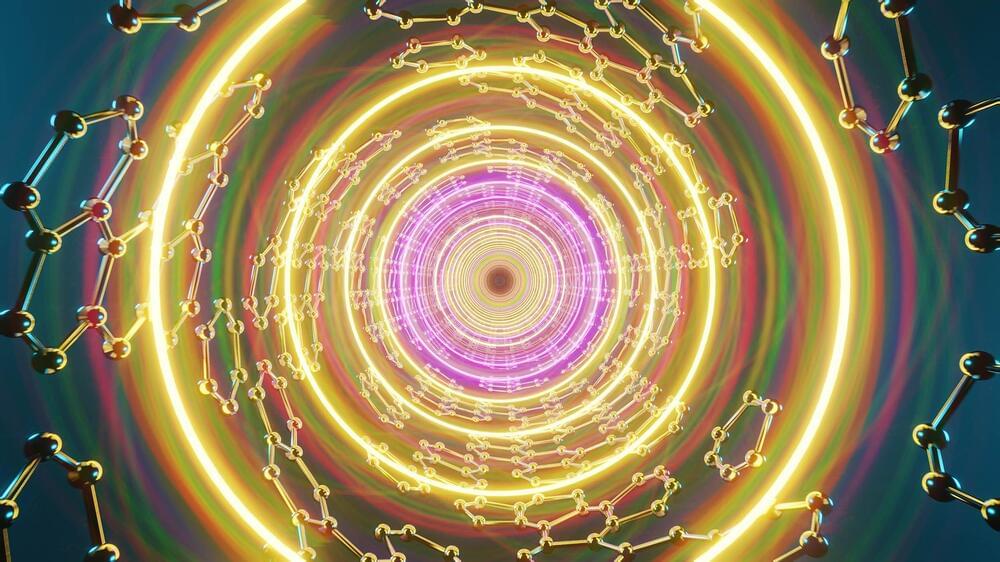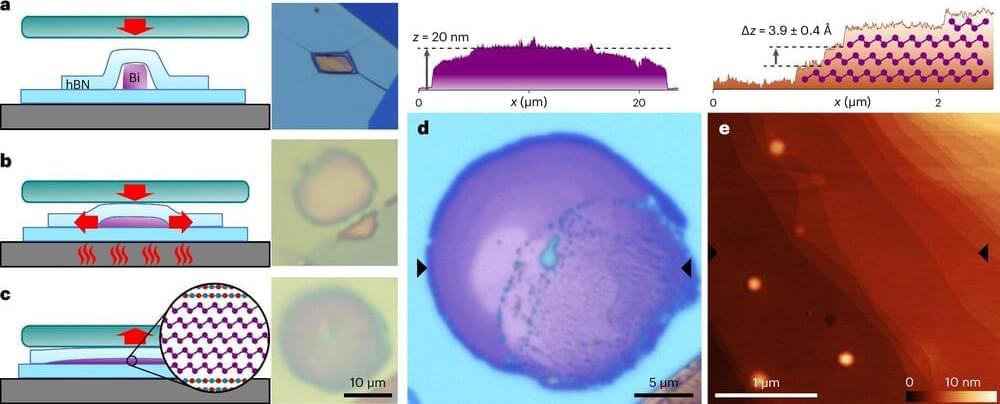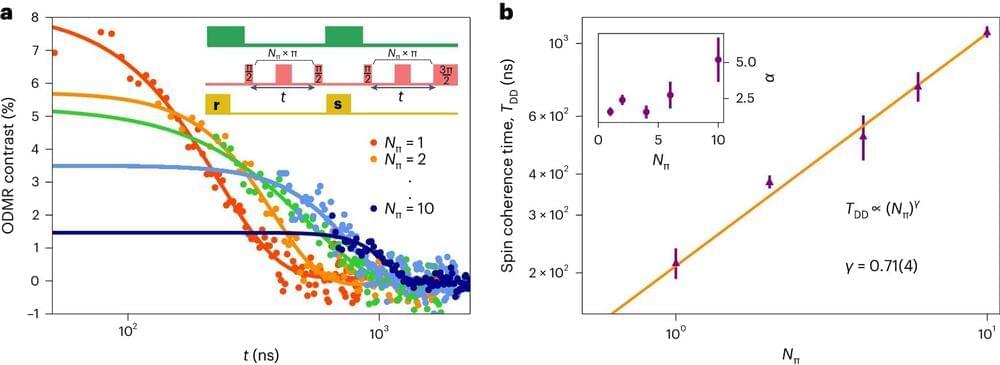However, if long and thin strips of graphene (termed graphene nanoribbons) are cut out of a wide graphene sheet, the quantum charge carriers become confined within the narrow dimension, which makes them semi-conducting and enables their use in quantum switching devices. As of today, there are a number of barriers to using graphene nanoribbons in devices, among them is the challenge of reproducibly growing narrow and long sheets that are isolated from the environment.
In this new study, the researchers were able to develop a method to catalytically grow narrow, long, and reproducible graphene nanoribbons directly within insulating hexagonal boron-nitride stacks, as well as demonstrate peak performance in quantum switching devices based on the newly-grown ribbons. The unique growth mechanism was revealed using advanced molecular dynamics simulation tools that were developed and implemented by the Israeli teams.
These calculations showed that ultra-low friction in certain growth directions within the boron-nitride crystal dictates the reproducibility of the structure of the ribbon, allowing it to grow to unprecedented lengths directly within a clean and isolated environment.








